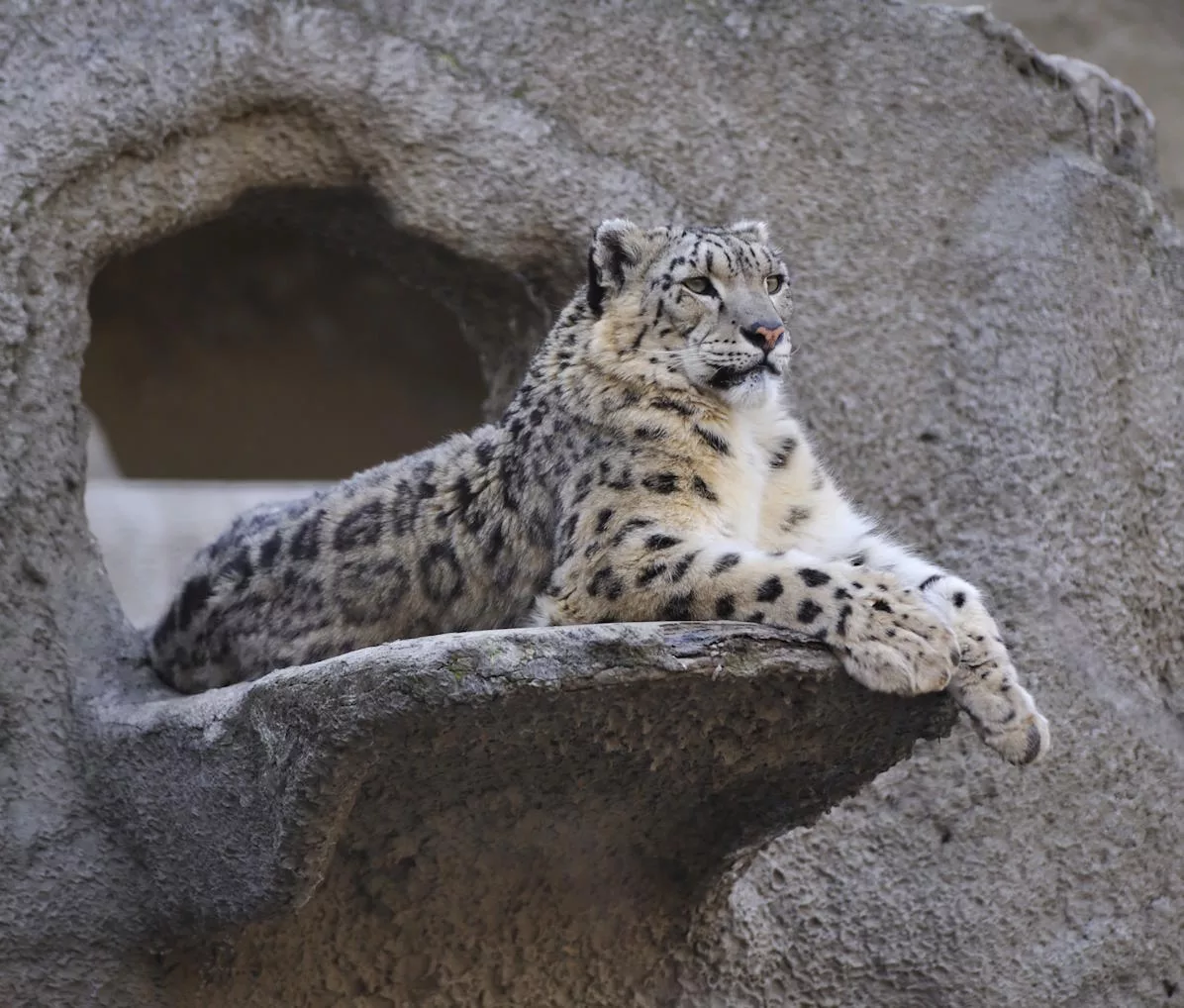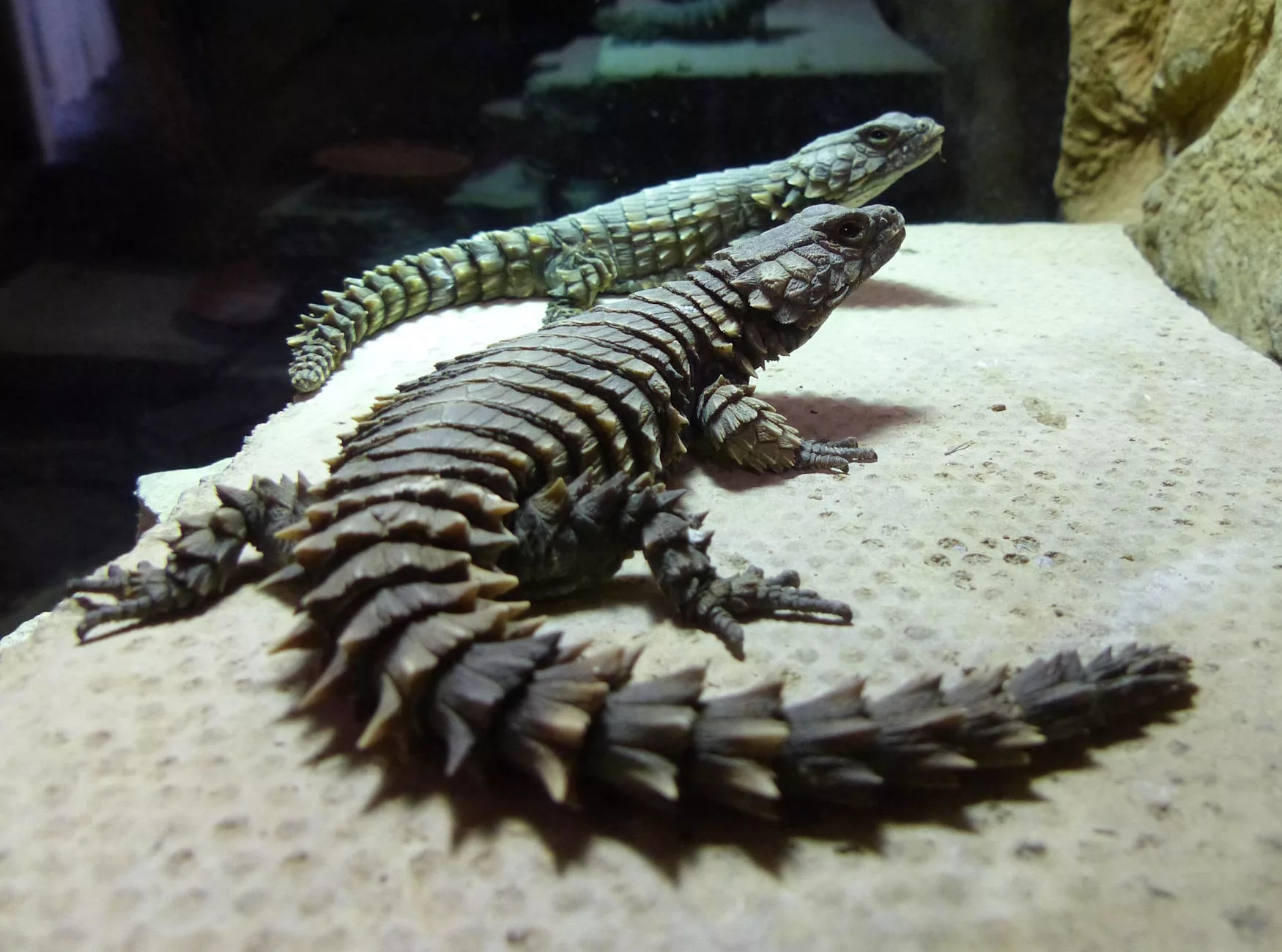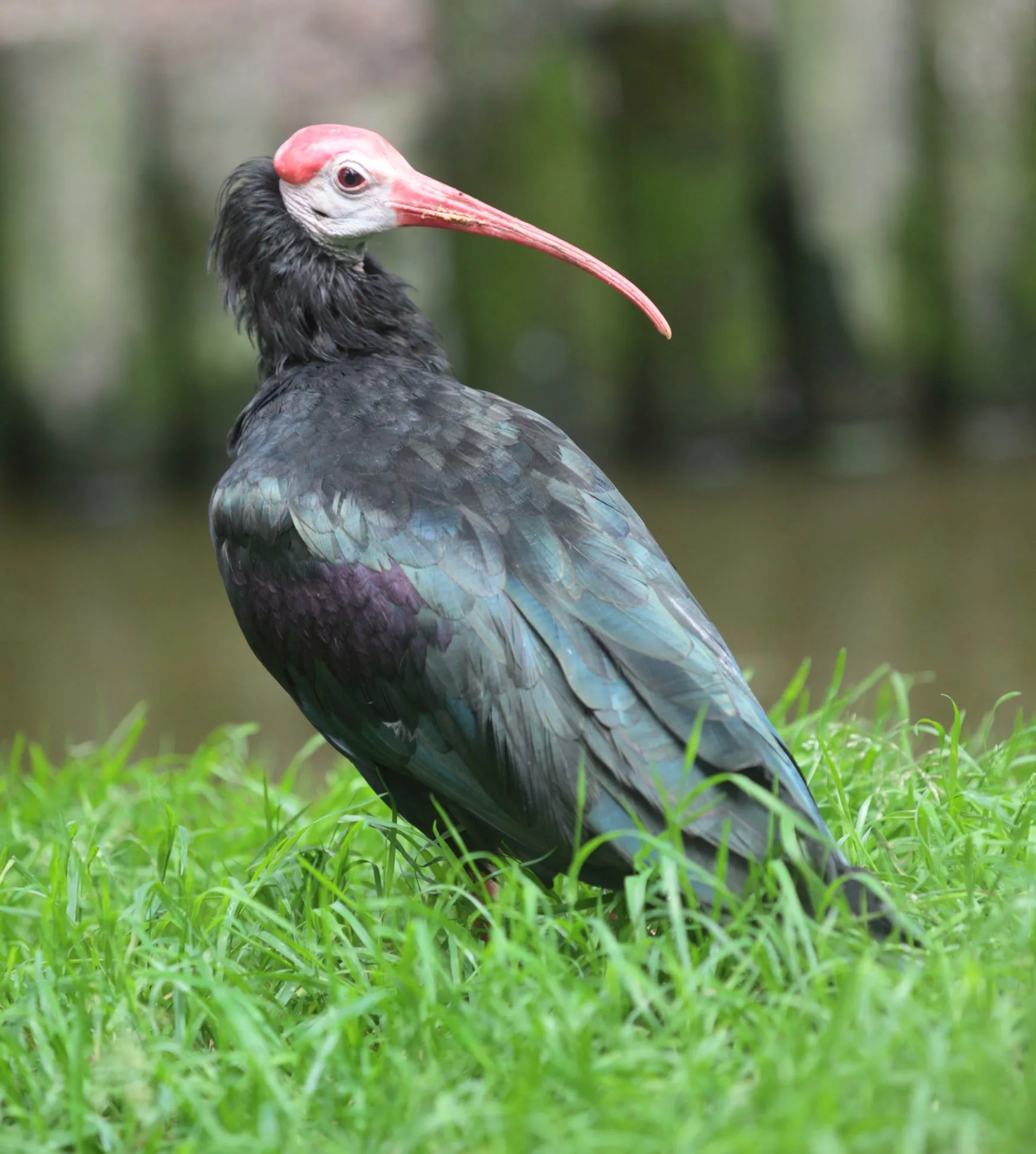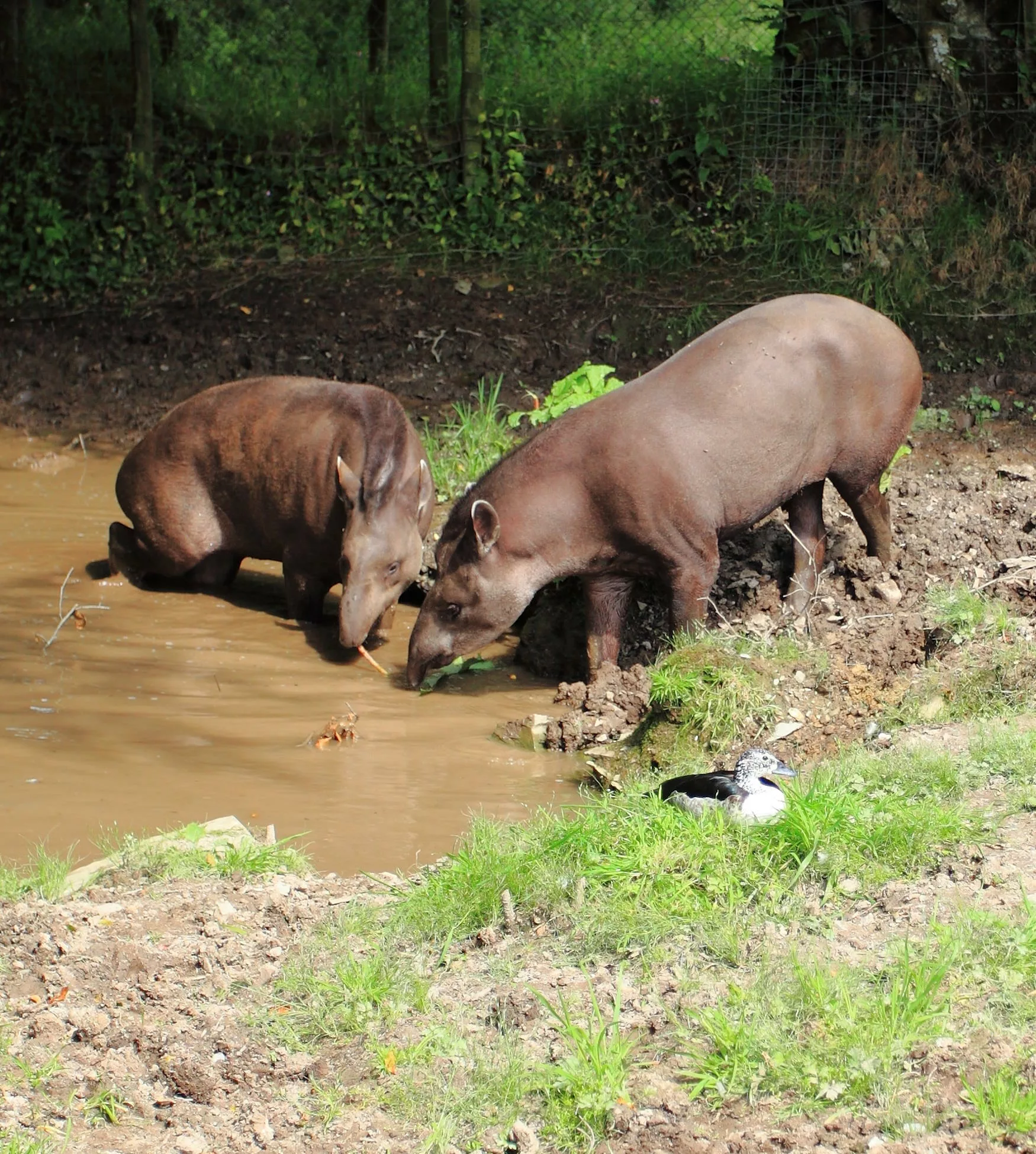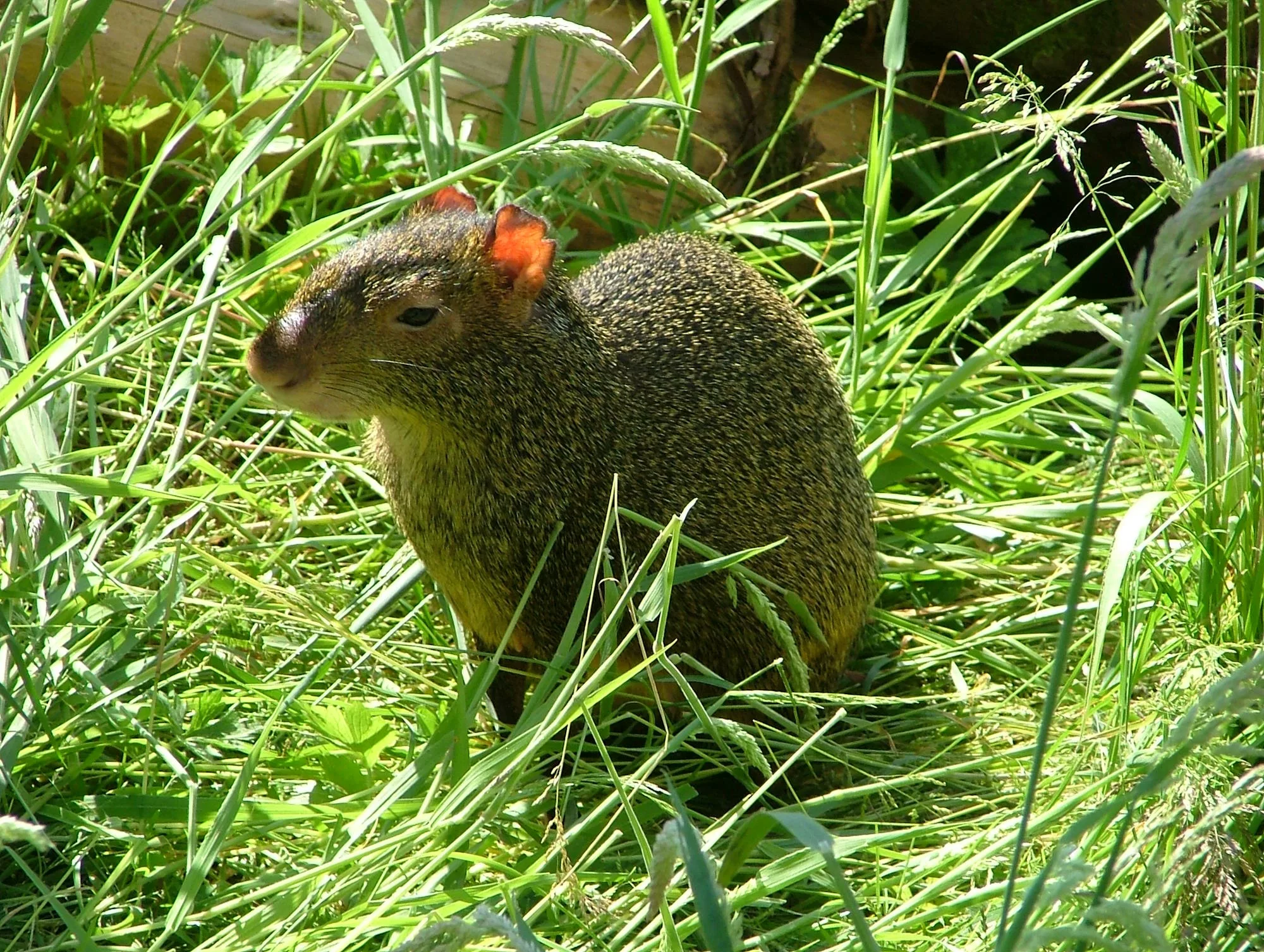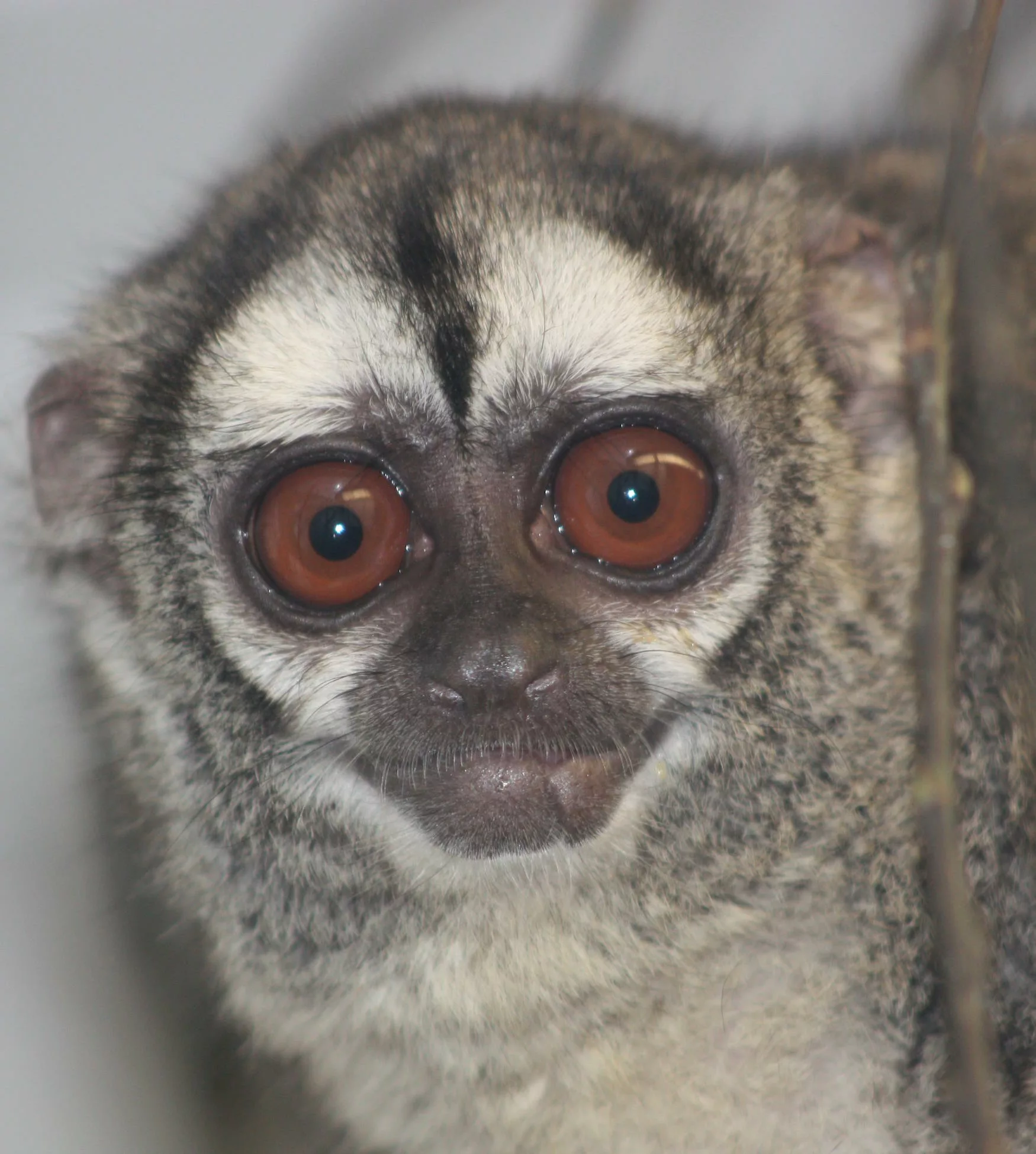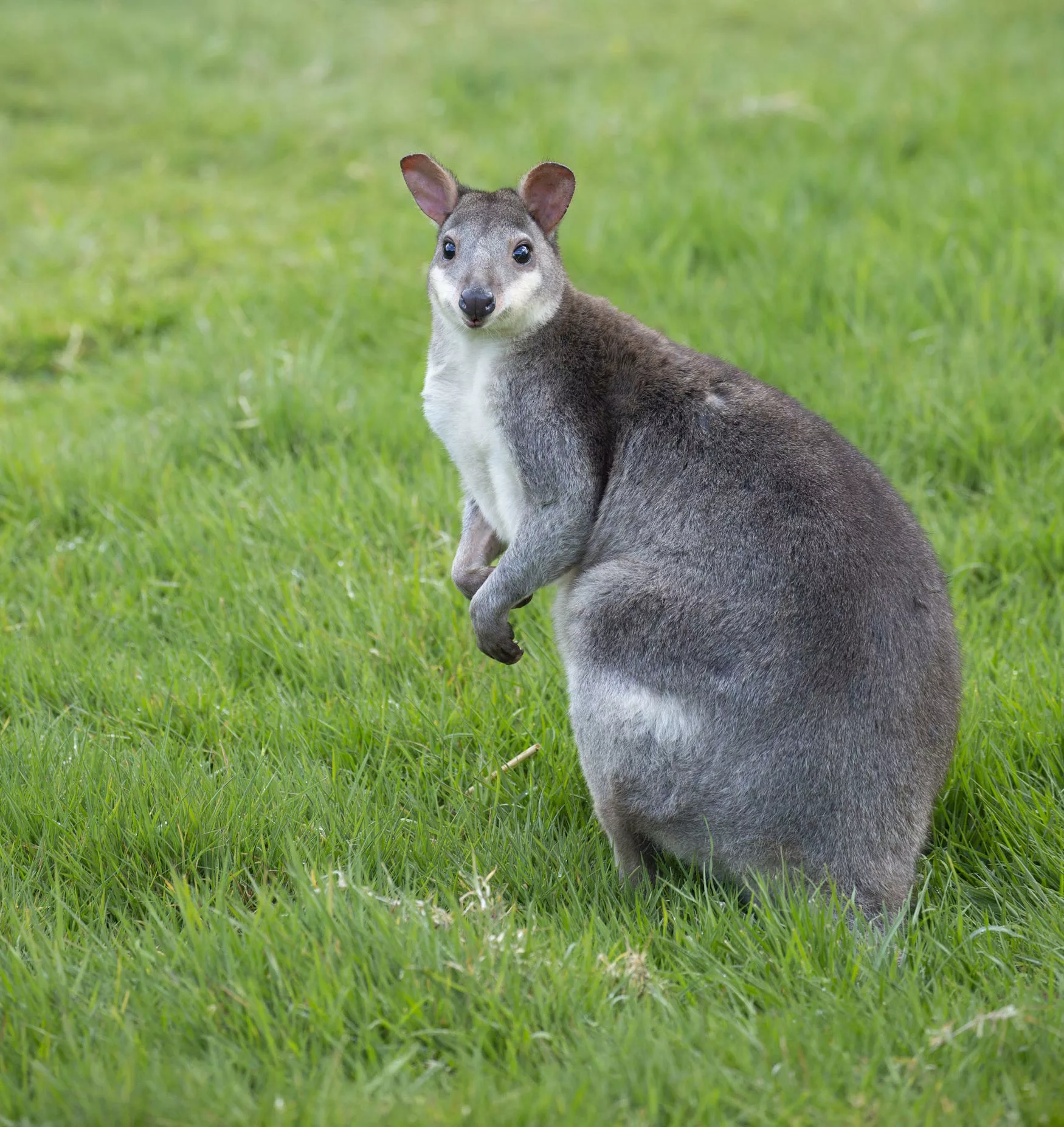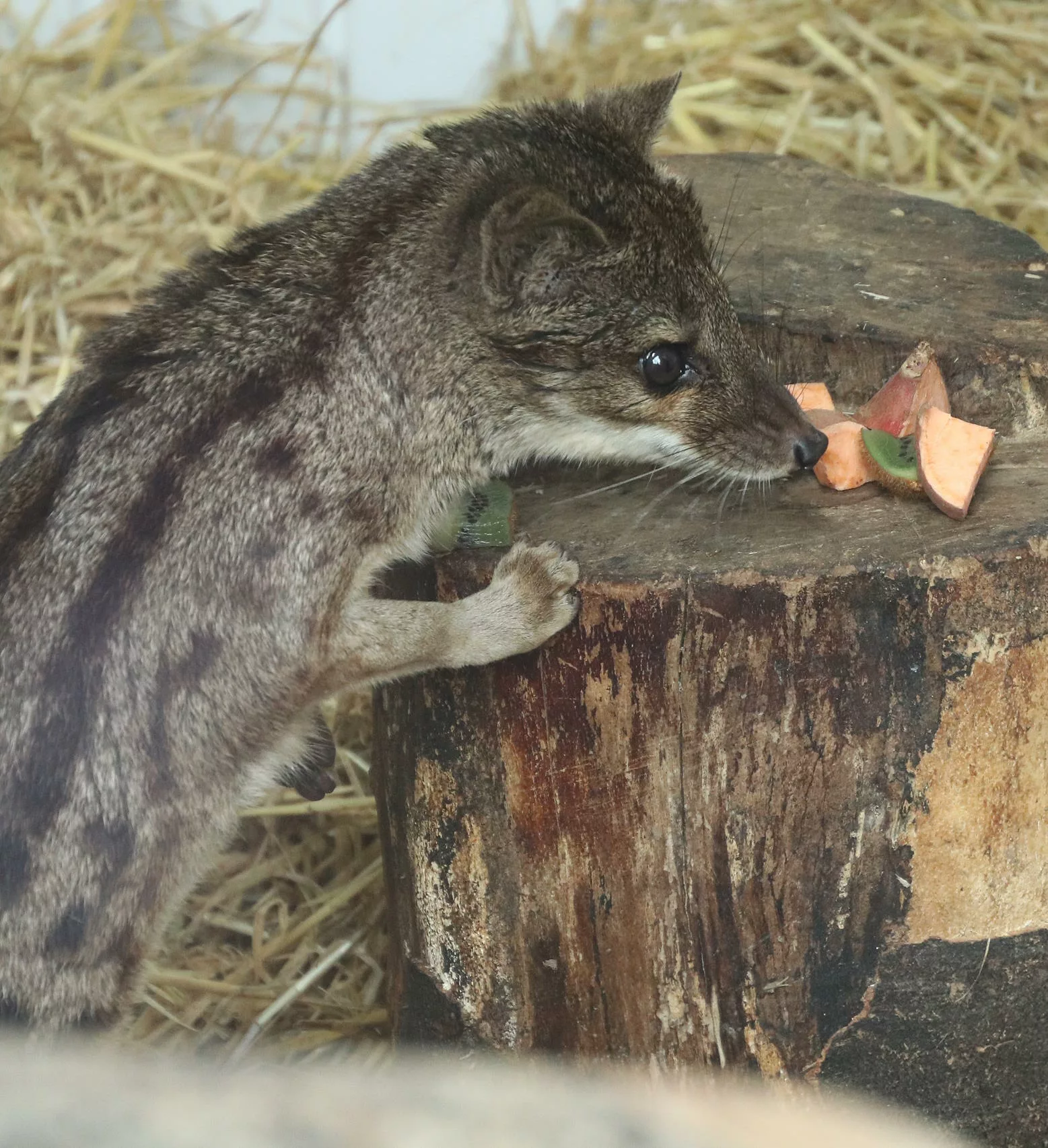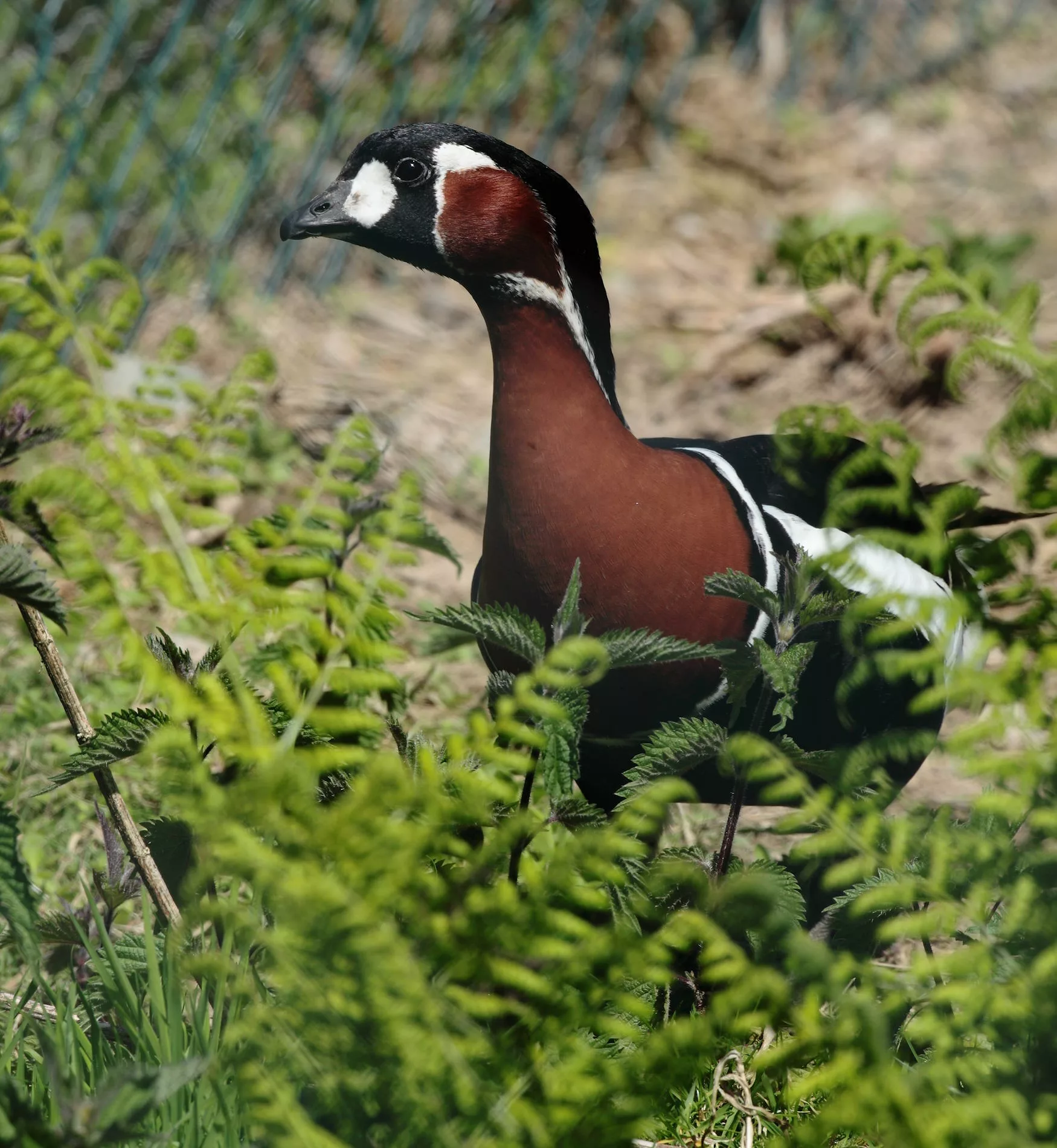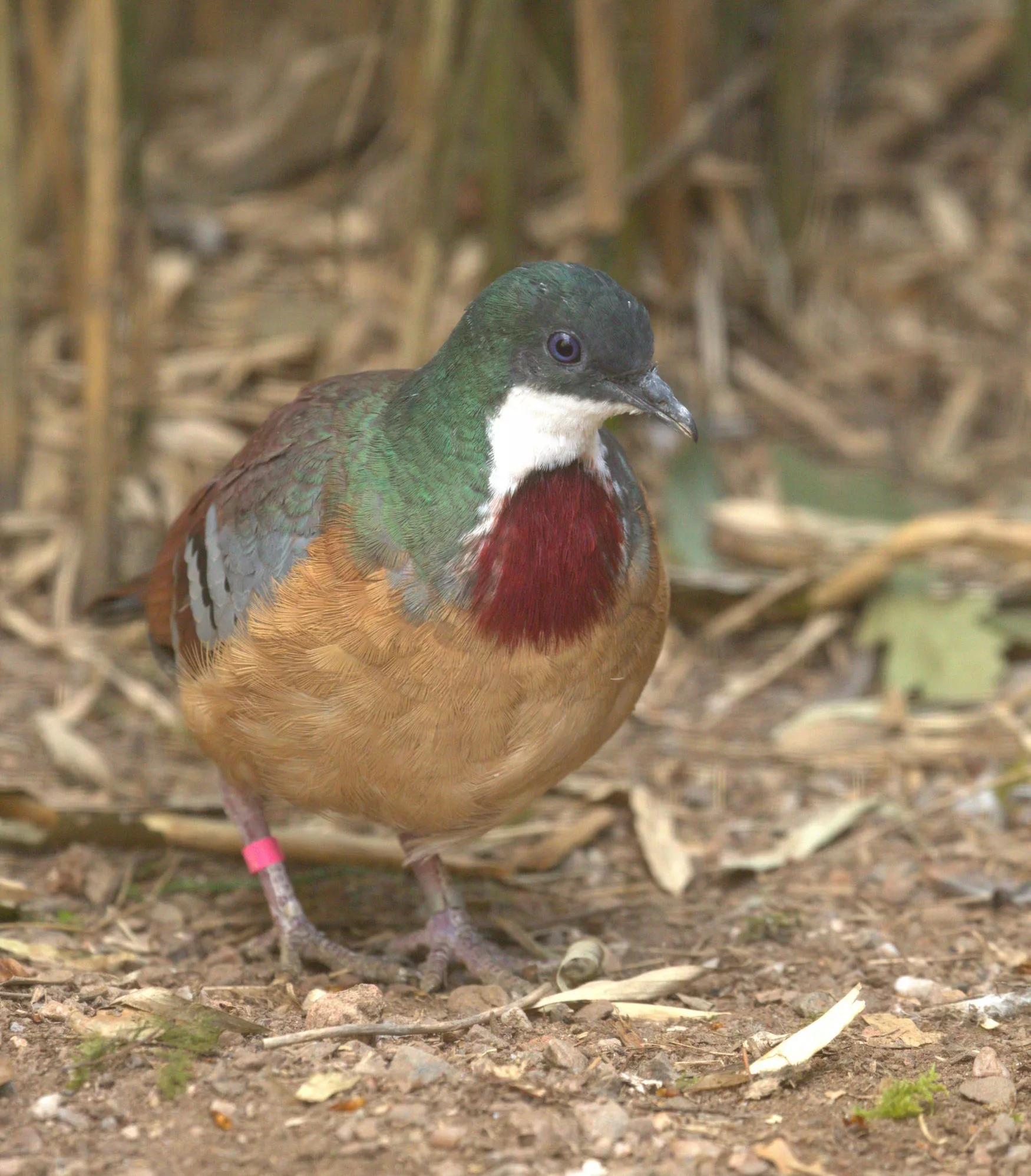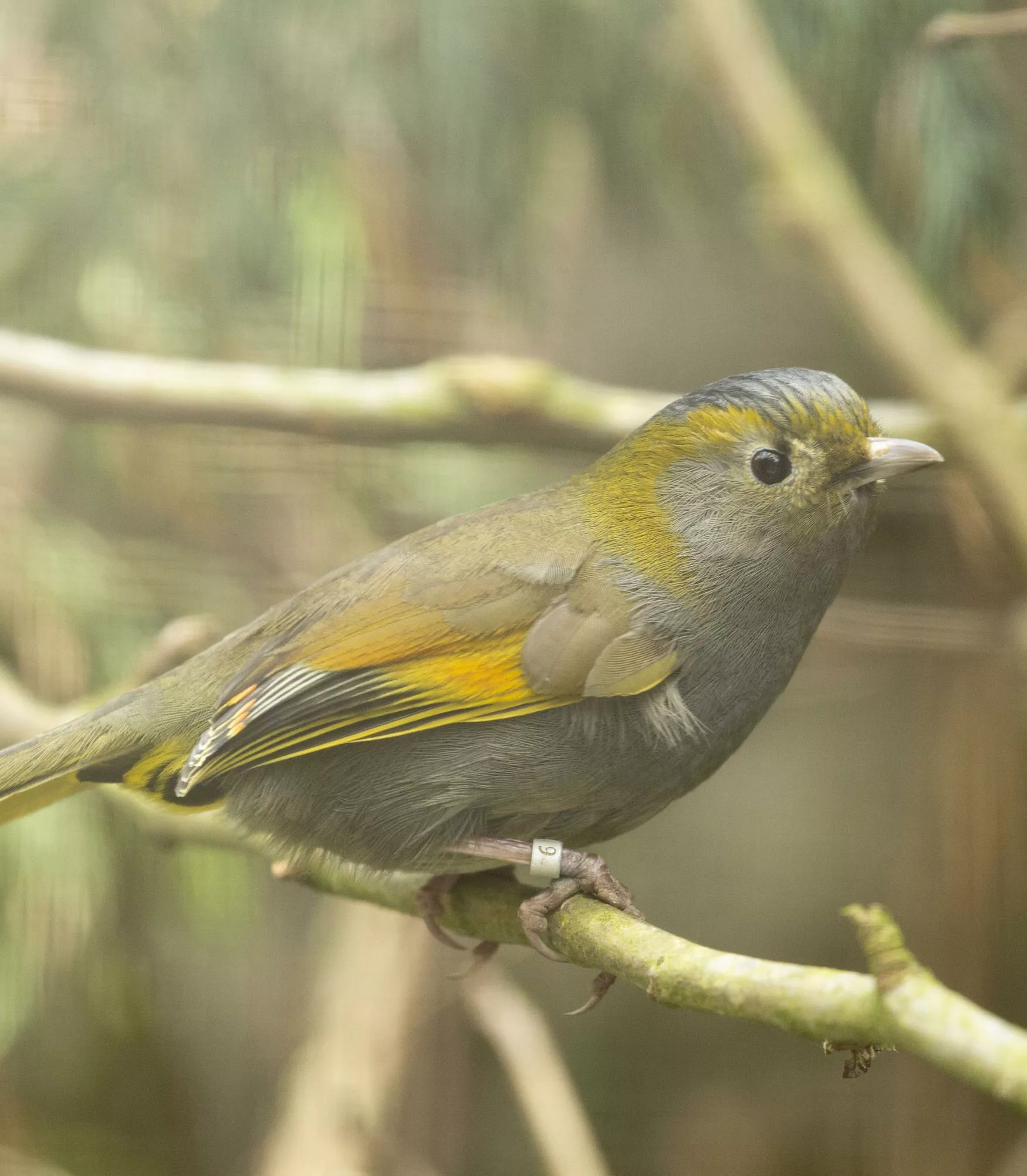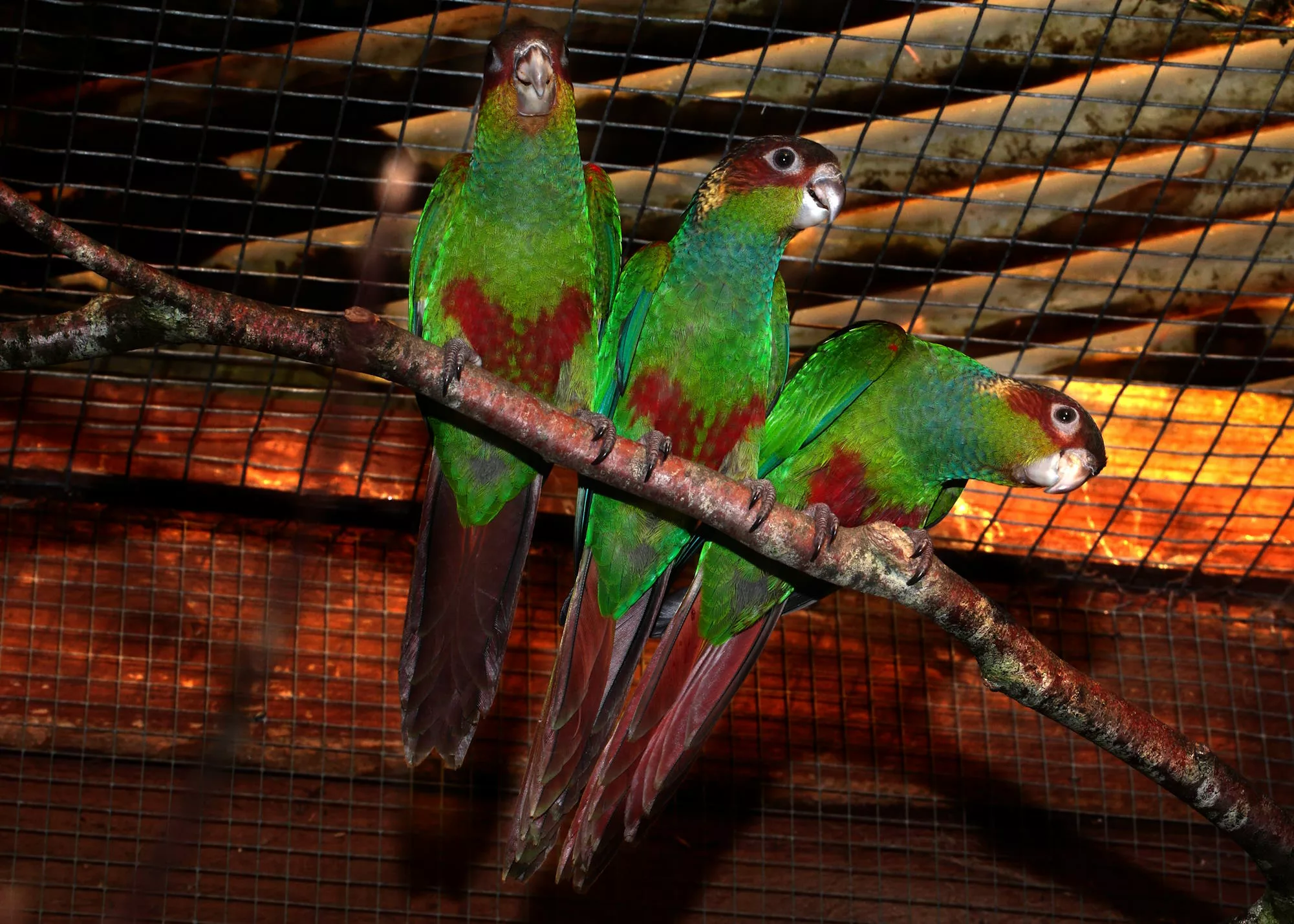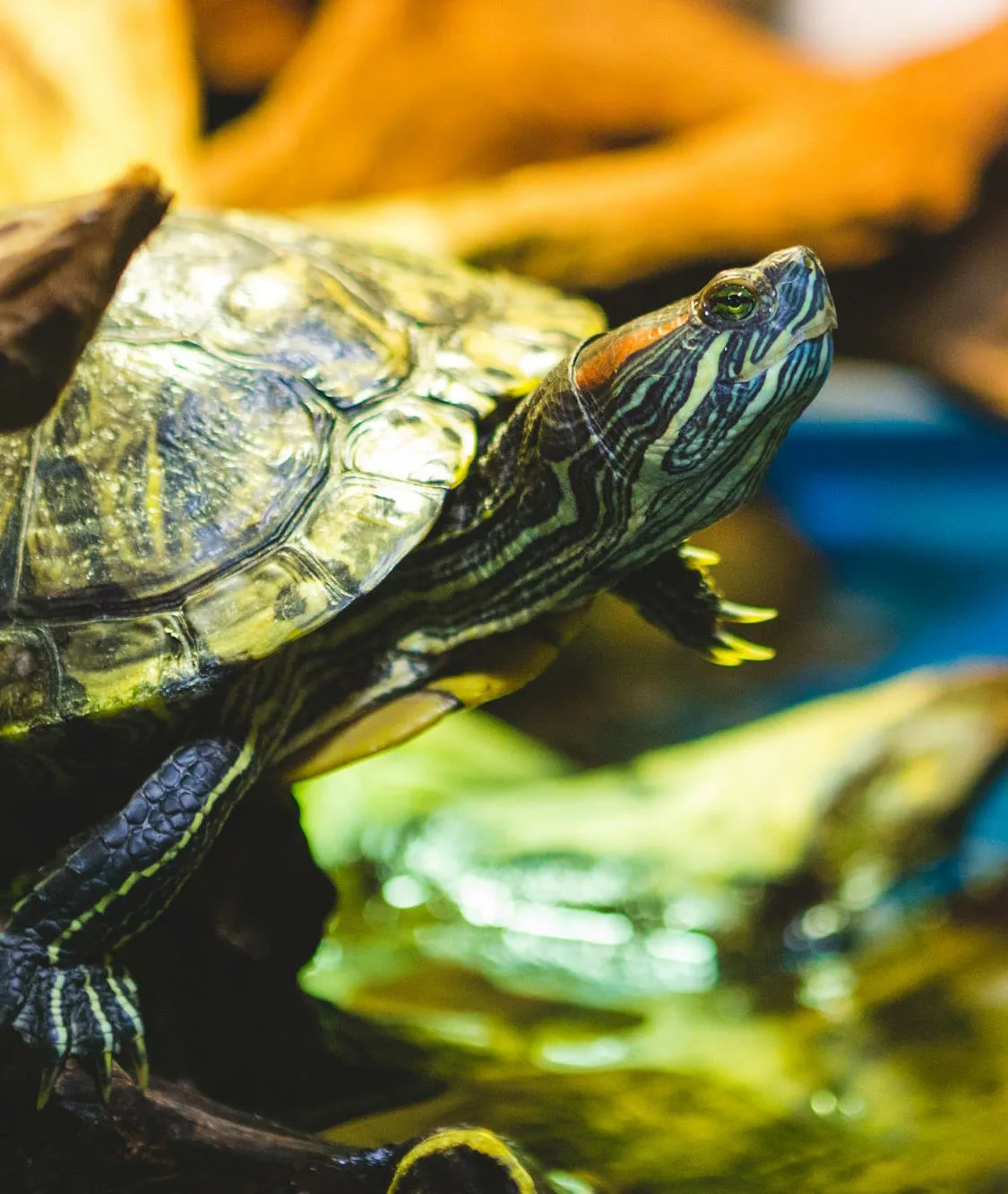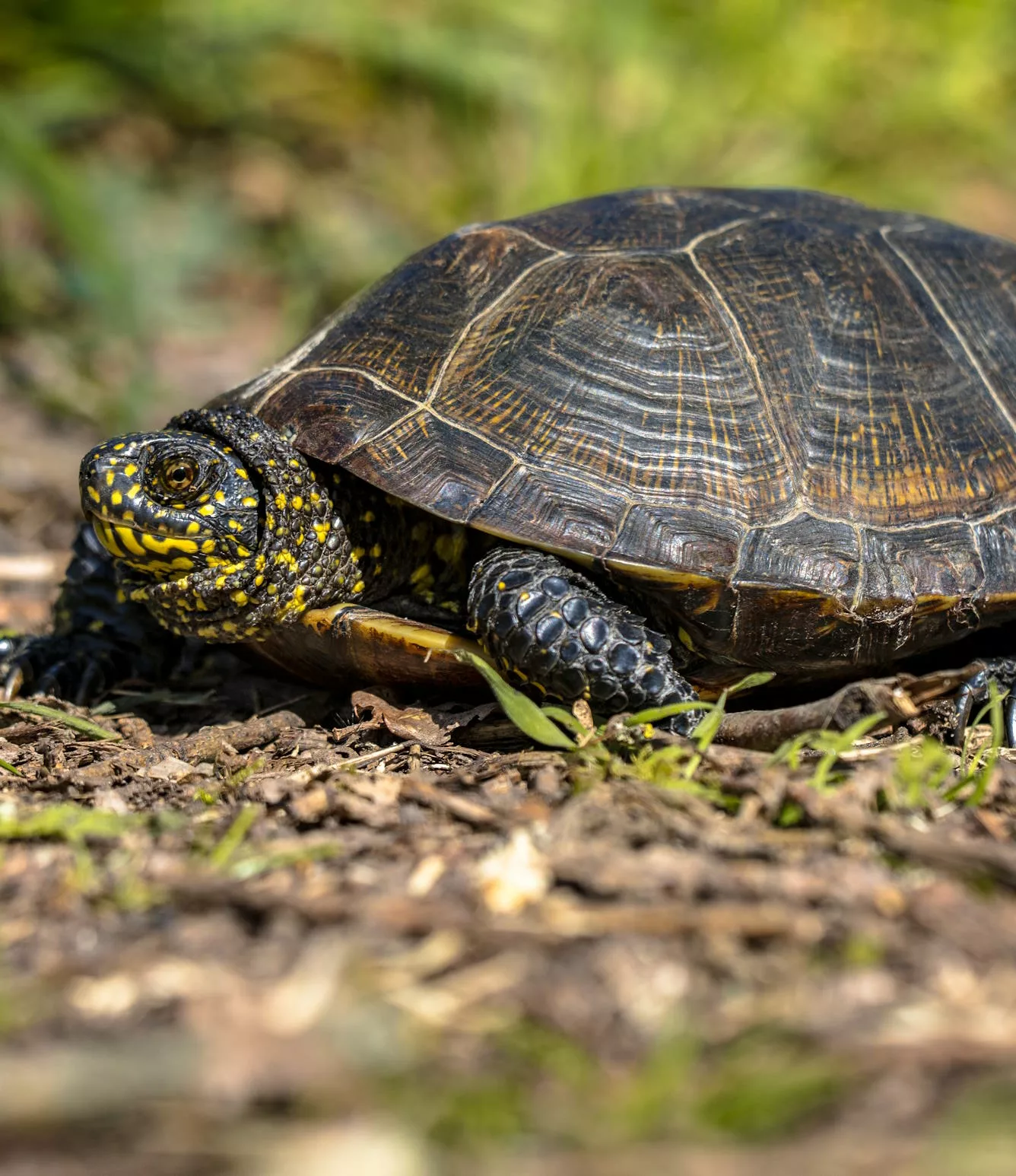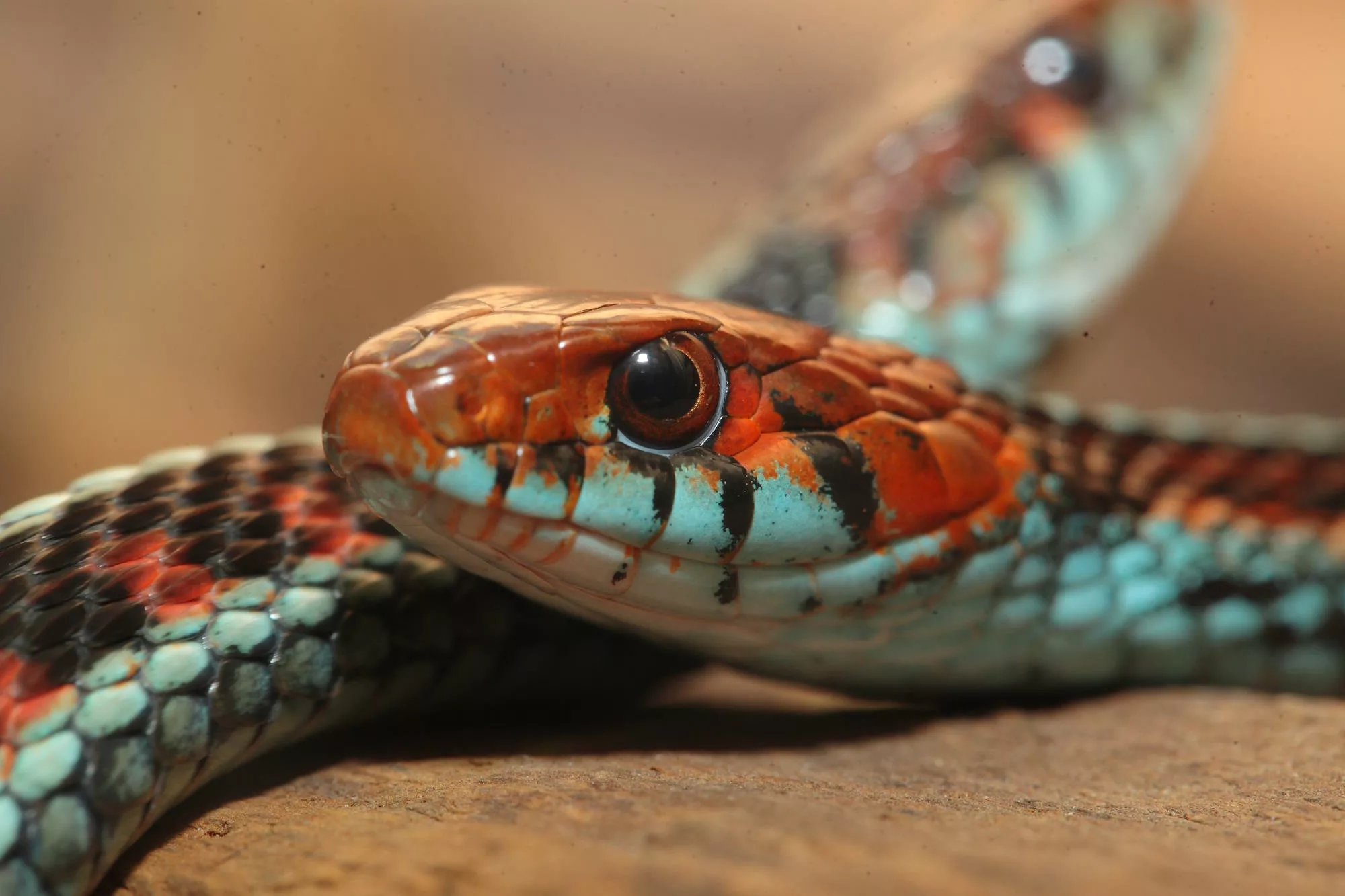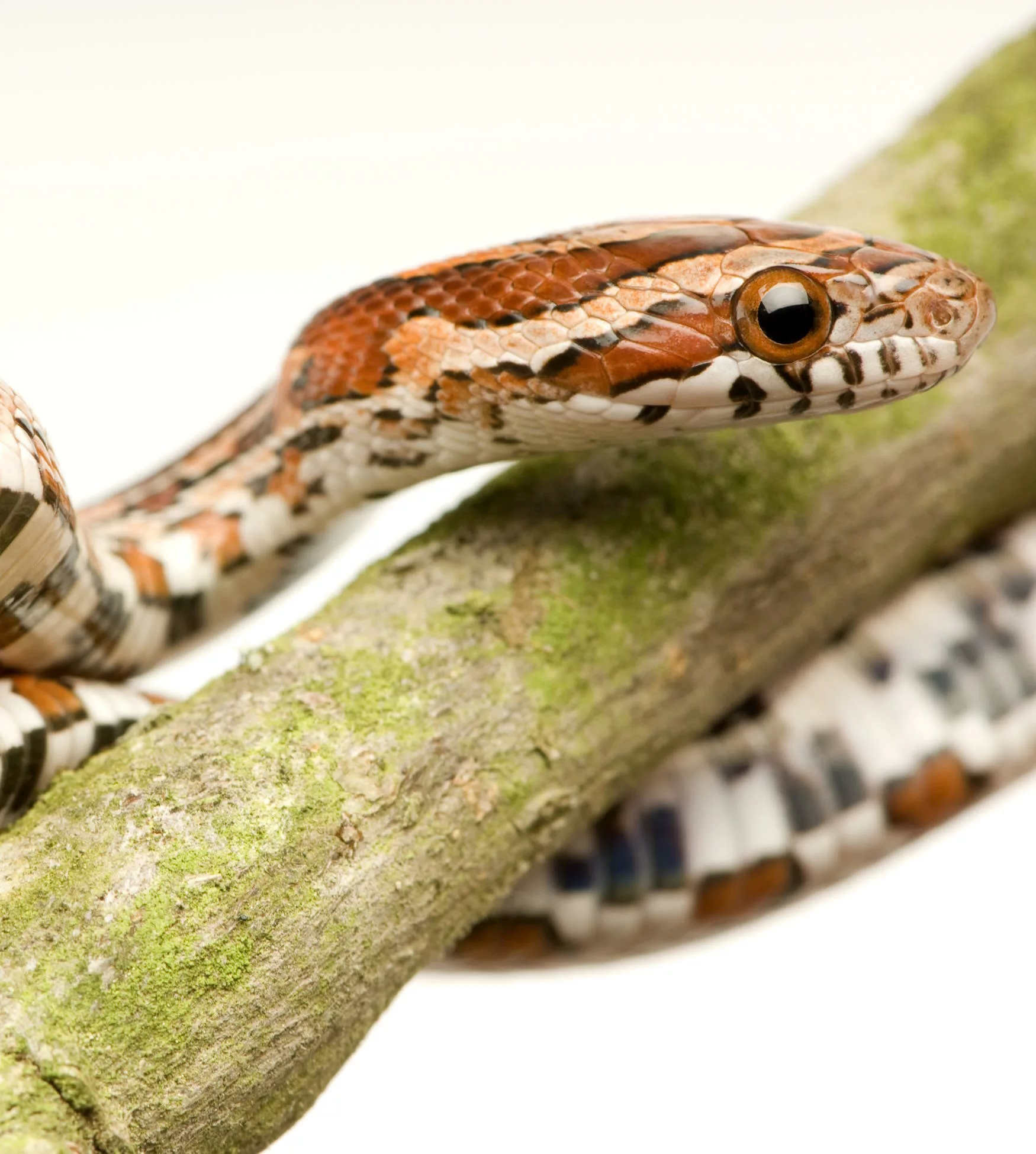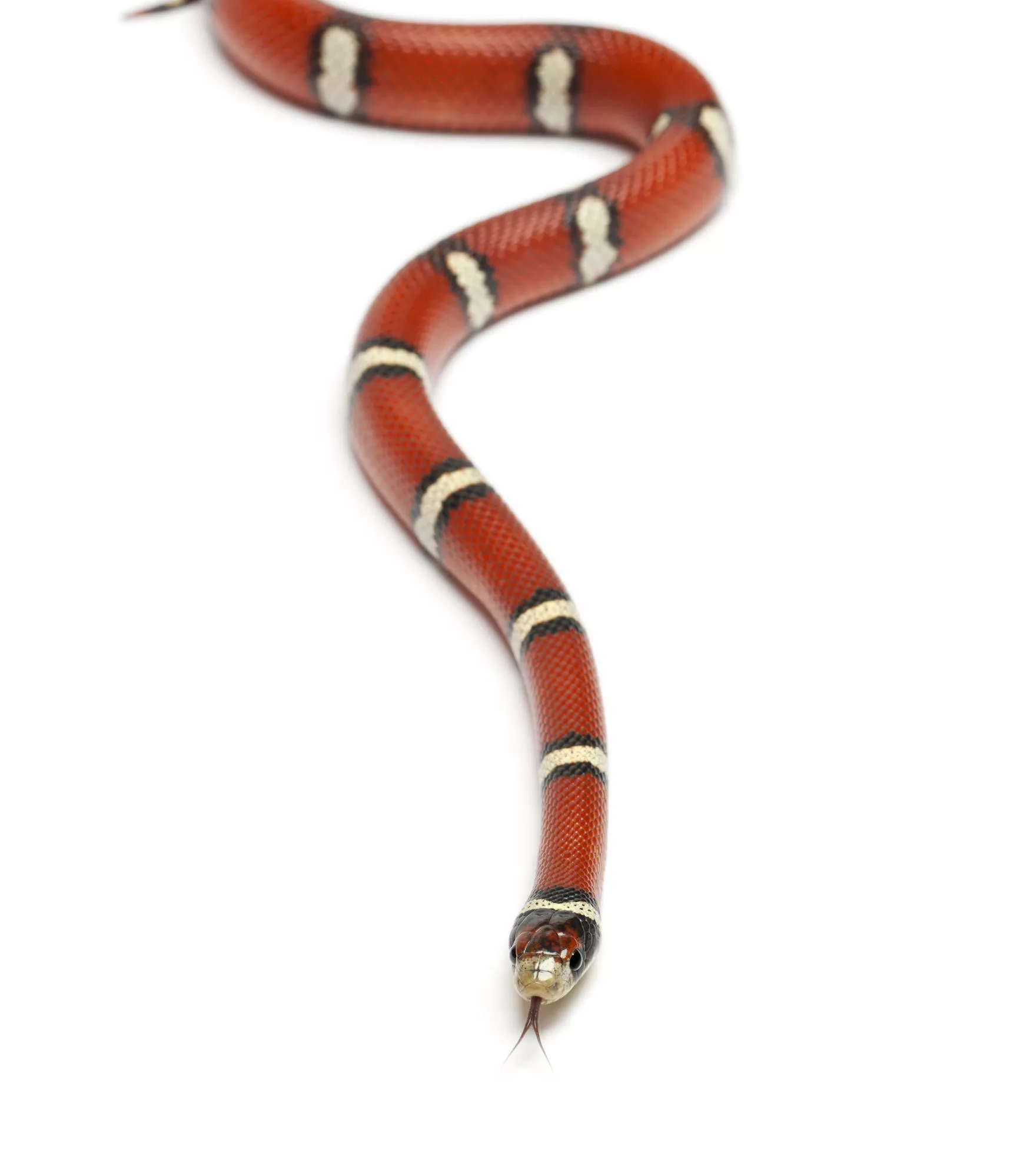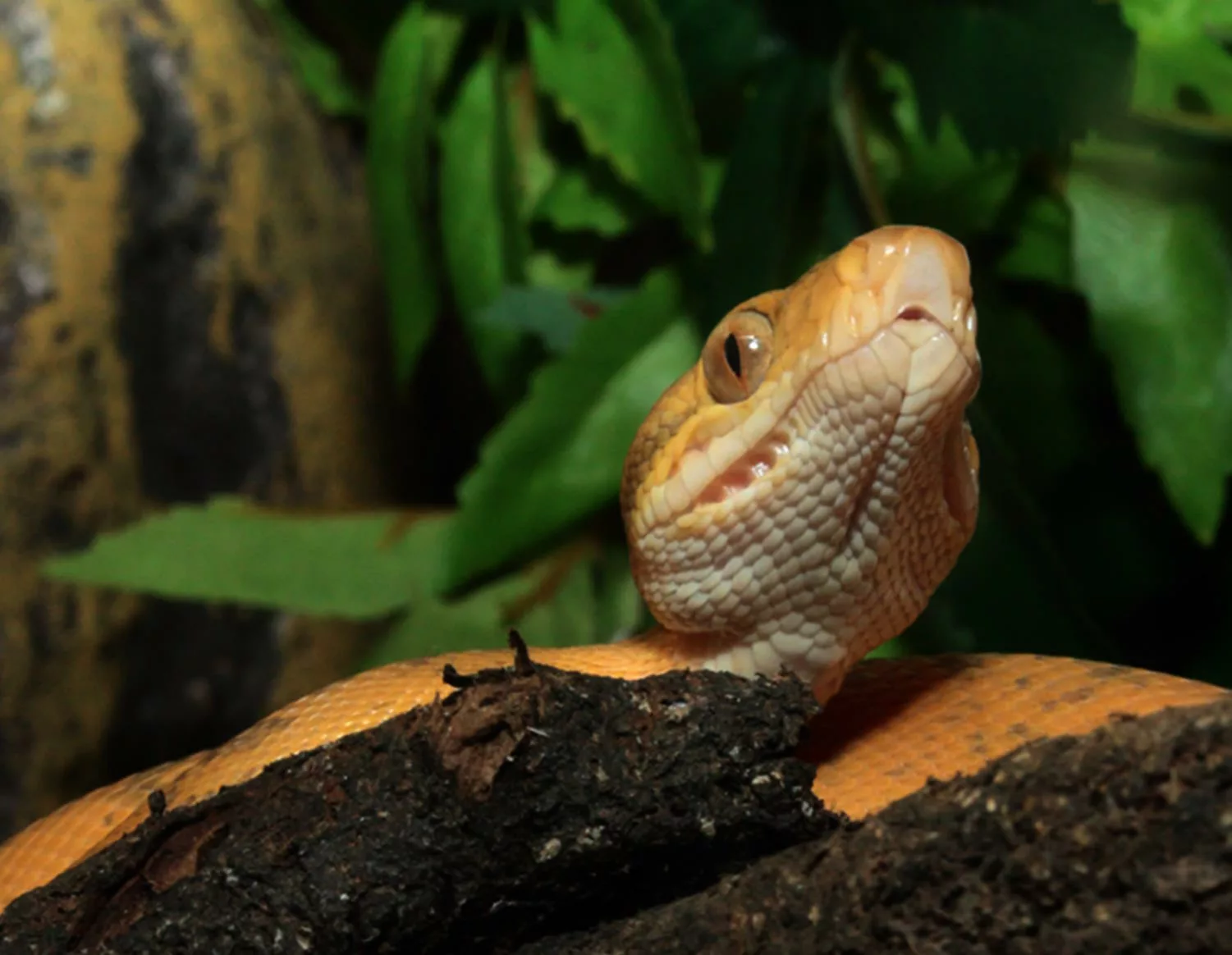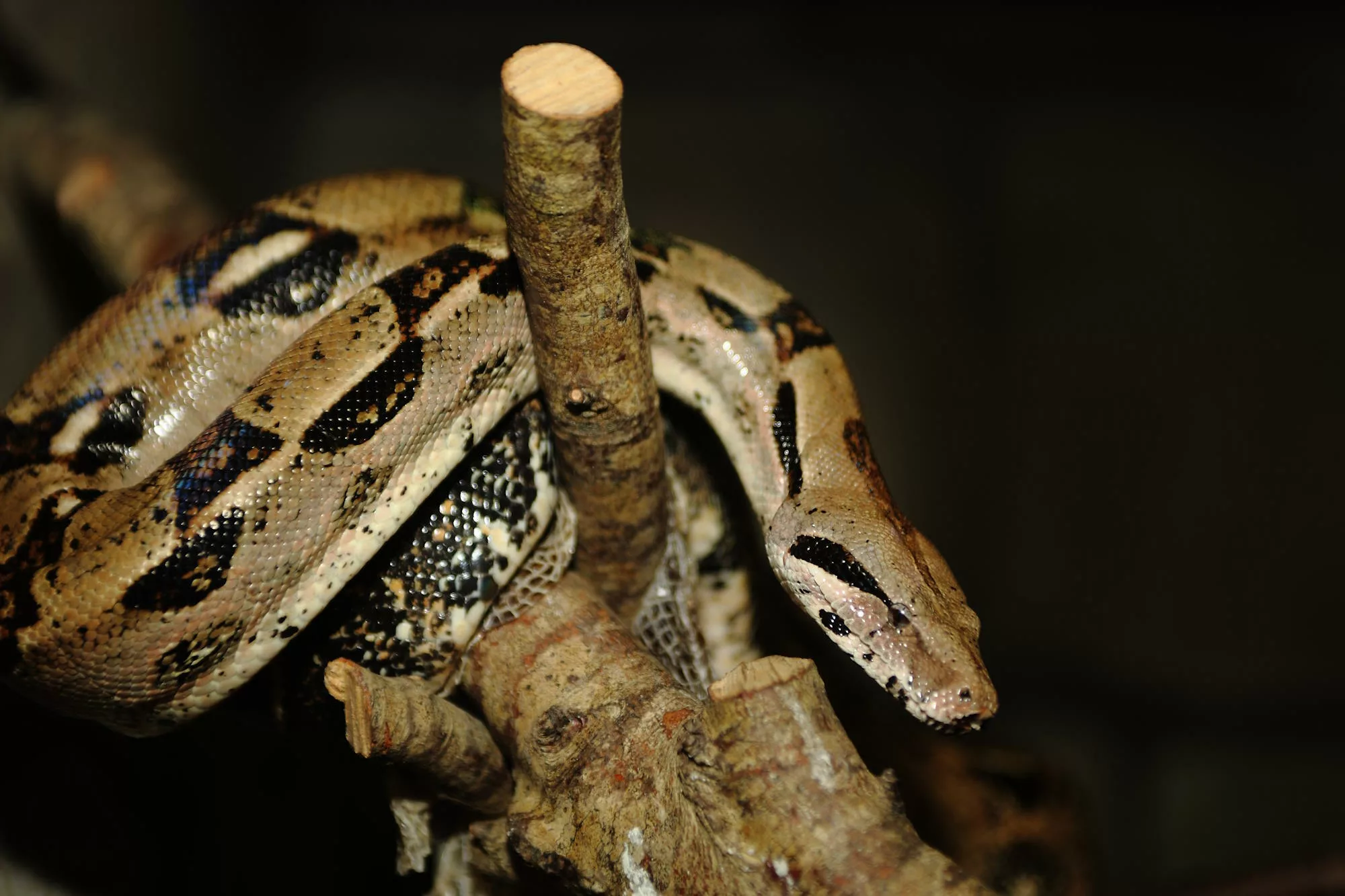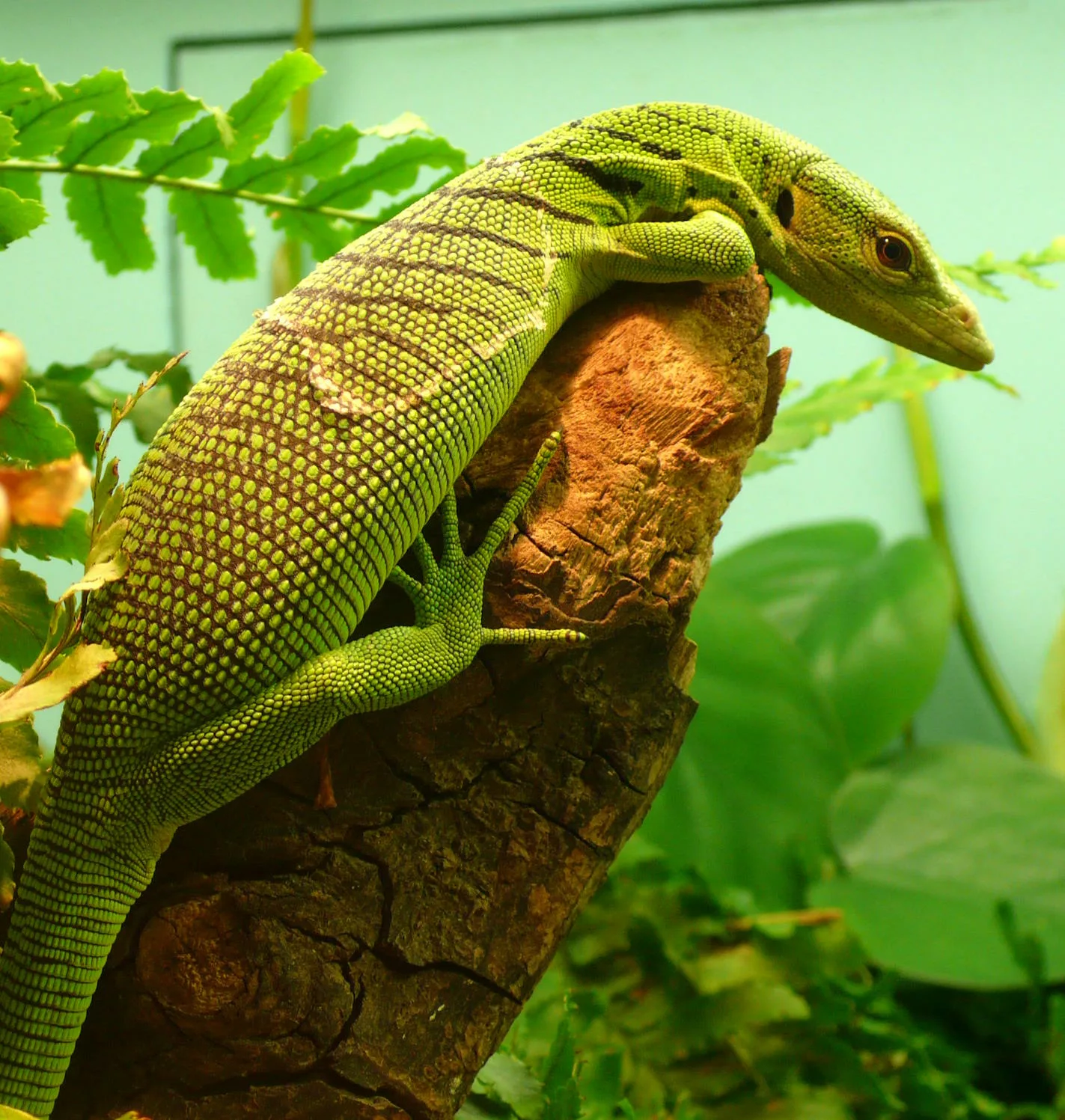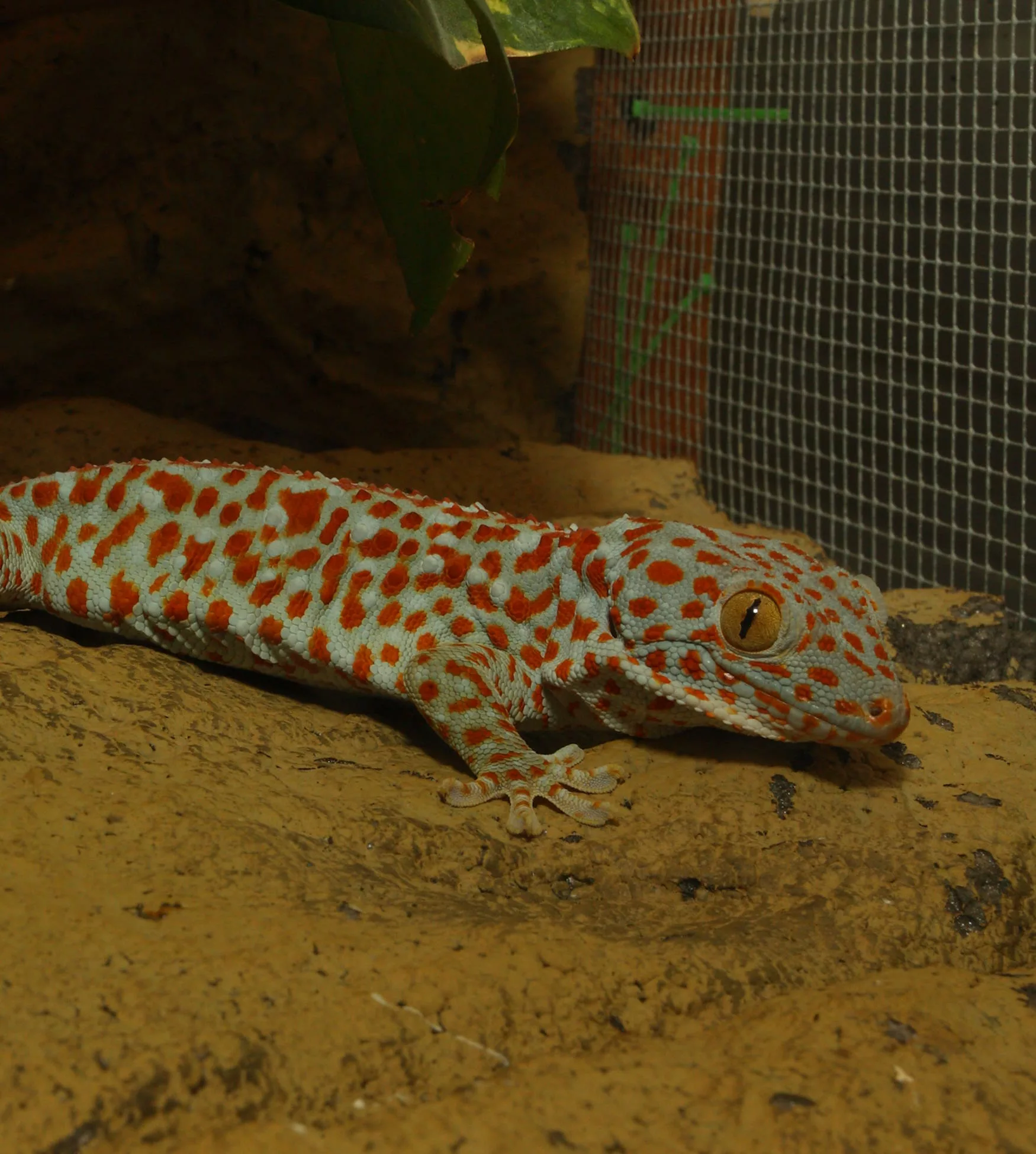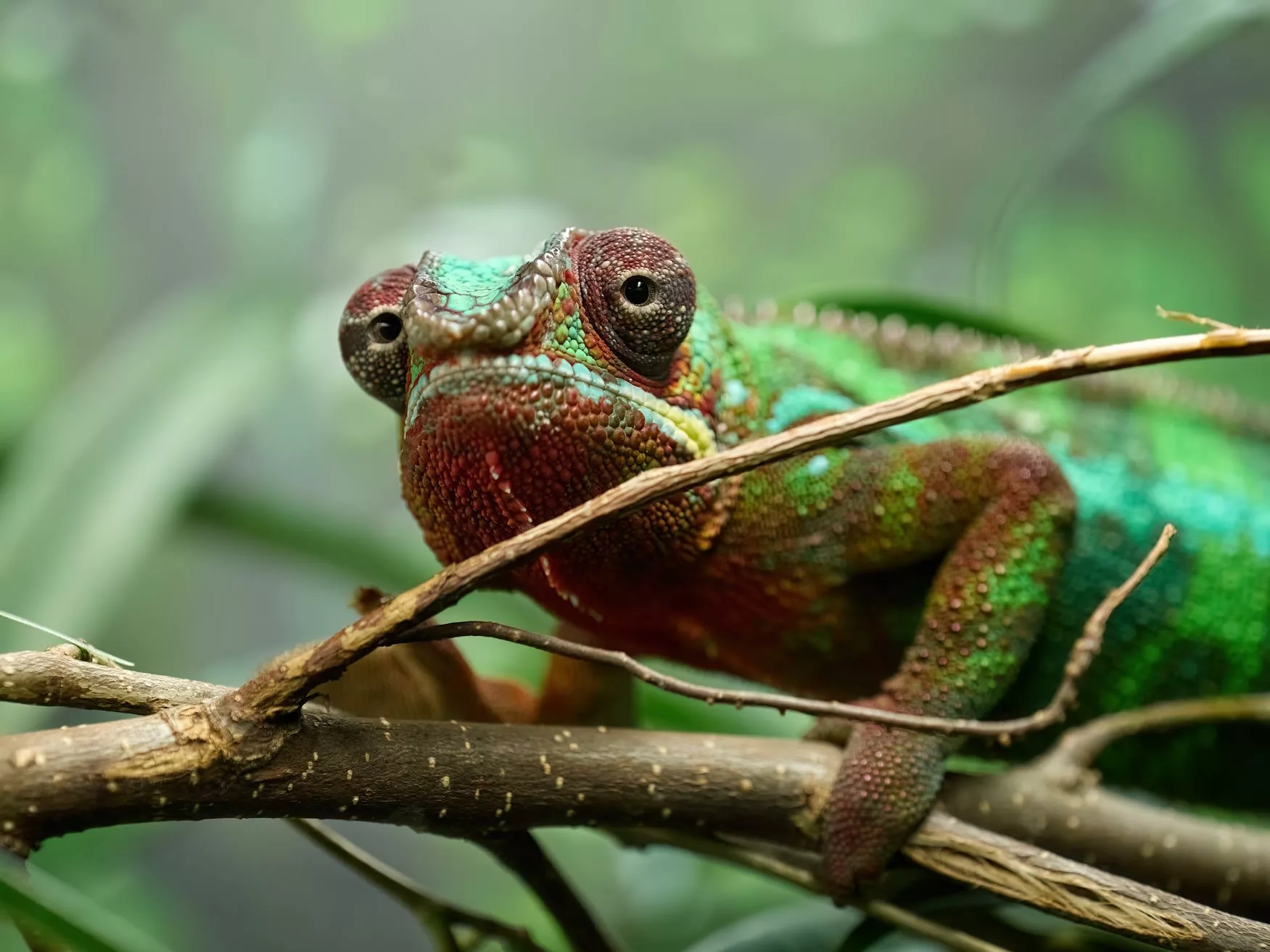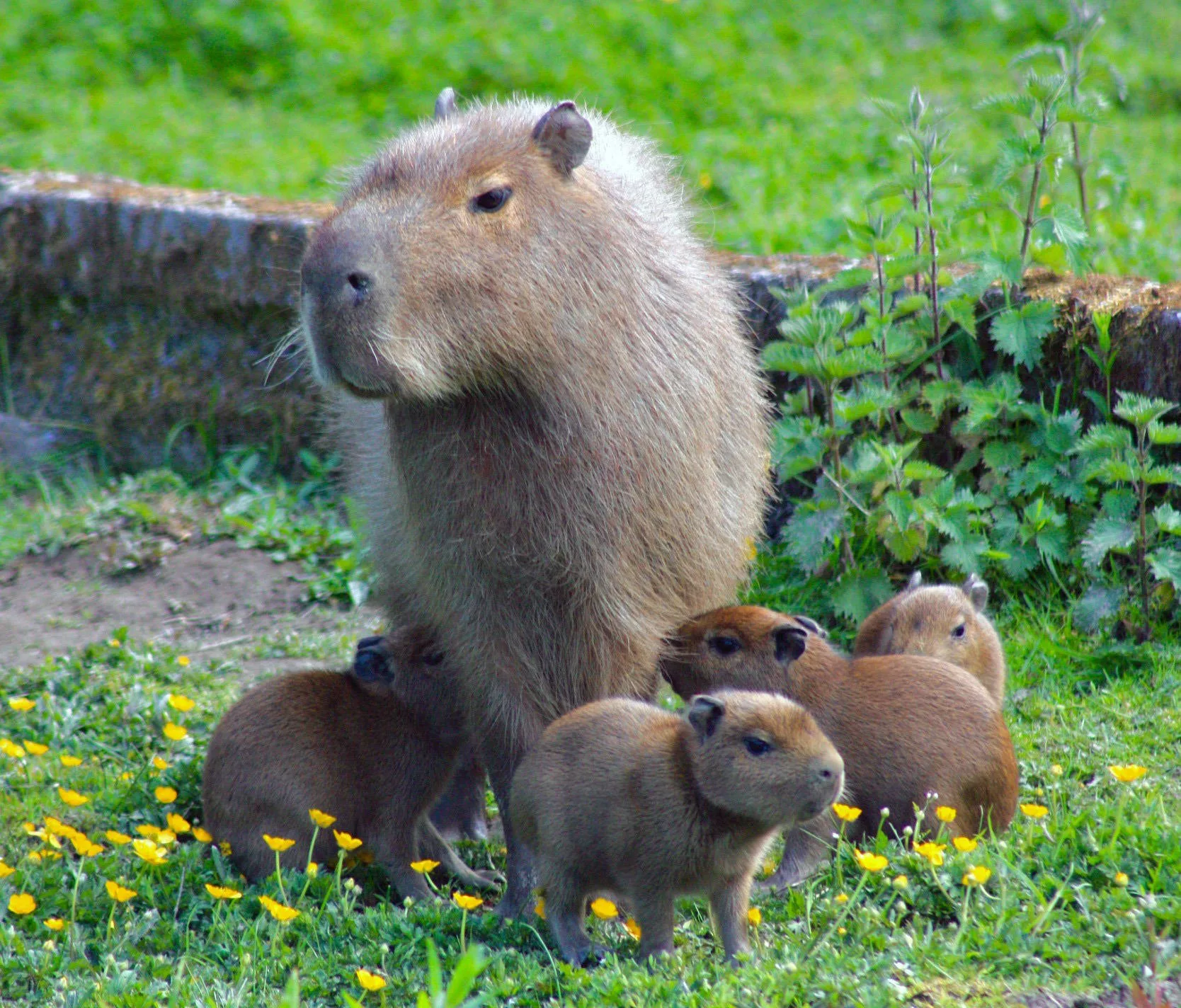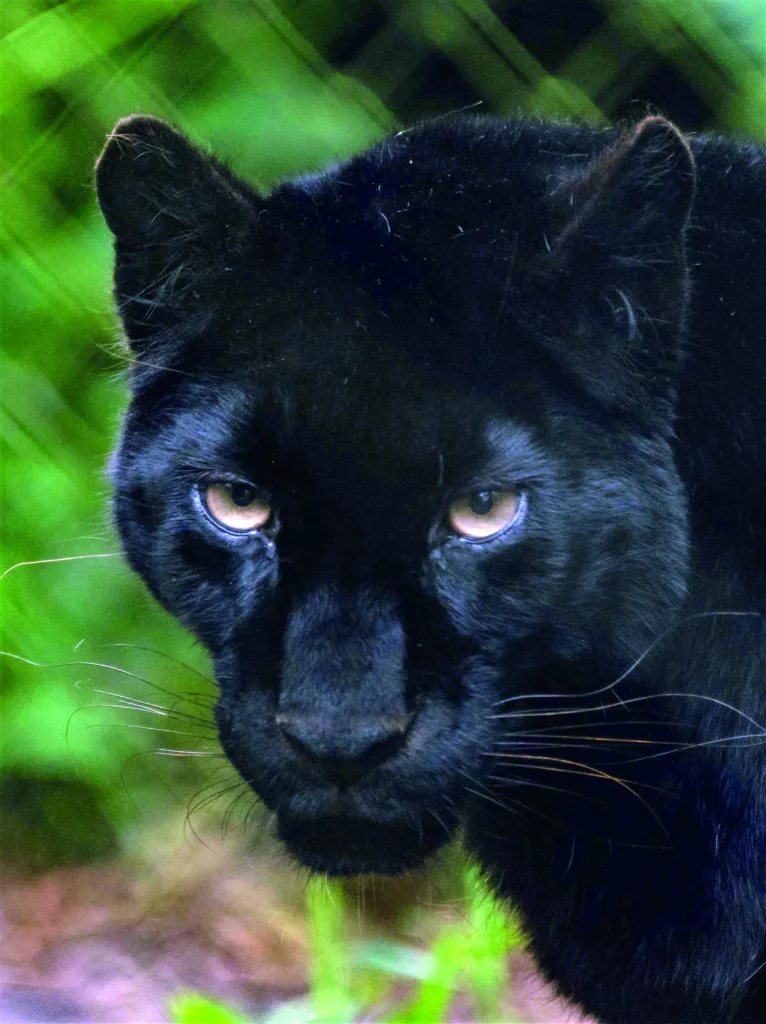
Black leopard
Scientific name: Panthera pardus
IUCN listed as: Vulnerable
Learn before you visit!
Here are some facts about the species – Discover what they eat, find out about their natural habitat, see what they like to do, and more… Set the reading style to suit you too, everyday speak or something aimed towards children.
Child-friendly
Everyday
Diet
Black leopards are carnivorous predators that primarily hunt medium-sized mammals such as deer, antelope, and wild boar. They are opportunistic hunters and will also prey on smaller animals like hares, birds, and monkeys. Leopards are solitary hunters and use their keen senses of sight and hearing to stalk and ambush prey. They are known for their strength and agility, capable of dragging prey much larger than themselves into trees to keep it safe from other predators.
Black leopards eat animals like deer, wild pigs, and smaller creatures such as rabbits and birds. They hunt by sneaking up on their prey and pouncing on them with their strong legs and sharp teeth. Sometimes they climb trees with their catch to eat without being disturbed by other animals.
Breeding
Female black leopards reach sexual maturity around 2-3 years old, while males are typically ready to breed around 3-4 years old. Mating can occur throughout the year, and after a gestation period of approximately 90-105 days, the female gives birth to a litter of 1-3 cubs. Cubs are born blind and rely on their mother for food and protection in the den. They start exploring outside the den at around 6-8 weeks and begin learning to hunt from their mother.
When female black leopards are about 2-3 years old, they can have babies called cubs. The babies are born without sight and stay in a hidden den where their mum takes care of them. By the time they are a couple of months old, they start exploring and learning how to hunt from their mum.
Habitat
Black leopards are found in a variety of habitats across Africa and Asia, including savannahs, forests, and mountainous areas. They prefer areas with dense vegetation and access to water sources, where they can find prey and establish territories. These leopards are adaptable to different environments and can thrive in human-altered landscapes, including agricultural areas and even near villages.
Black leopards live in places like forests and grasslands in Africa and Asia. They like areas with lots of trees and water where they can find food and make their homes. These leopards are smart and can live in places where people have changed the environment.
At the zoo
There are fewer than 20 black leopards in Europe today, as zoos primarily focus on conserving threatened leopard species like the Amur or Persian leopard. Visitors can learn about these fascinating creatures during daily feed sessions at 4.00 pm in the summer, where they can hear about leopard facts and stories about the Exmoor beast.
In zoos, black leopards live in big enclosures that look like their home in the wild. There are trees and rocks for them to climb on and places to hide. They eat meat like beef and chicken, which helps keep their teeth strong. People can watch them walk around and rest in their enclosure.
Behaviour
Known for their sleek black coat, black leopards are solitary and territorial animals. They mark their territories with urine and scratch marks on trees to warn other leopards to stay away. They are nocturnal hunters, meaning they are most active during the night when they hunt for food. Black leopards are excellent climbers and spend a significant amount of time resting and storing their kills in trees to keep them safe from scavengers.
These leopards have shiny black fur that makes them easy to spot in the wild. They usually live alone and mark their territory by scratching trees and leaving their pee. Black leopards are good at climbing trees and prefer to hunt at night when it’s cooler. They rest during the day and sometimes hide their food in trees to keep it safe from other animals.
Fun facts
- Black leopards are not a separate species but rather a colour variant of the common leopard.
- Their black coat is caused by a genetic mutation that results in an excess of dark pigment called melanin.
- Despite their dark appearance, black leopards still have rosette patterns on their fur that are more visible in certain lighting conditions.
- These leopards are highly secretive and elusive, making them challenging to study in the wild.
- In some cultures, black leopards are considered sacred or have mythical significance.
- Black leopards are actually the same as regular leopards but with a special dark coat.
- Their black colour comes from a special gene that makes their fur dark all over.
- Even though they look black, they still have spots on their fur that you can see up close.
- Black leopards are really shy and like to hide from people, so scientists don’t know as much about them.
- Some people think black leopards are magical or special in stories and legends.
More animals to discover at our zoo
Quick Links
Tickets & Prices
You can buy tickets for Exmoor Zoo securely online, as well as finding out more price options, discover offers, and more…
What’s on…
Exmoor Zoo hosts incredible Events all through the year. You can find out about what we’ve got in store here…
Routes & info
Like any great discovery, Exmoor Zoo can feel a little off the beaten path – but don’t worry – you can plan your journey with our recommended routes and other useful travel info.
